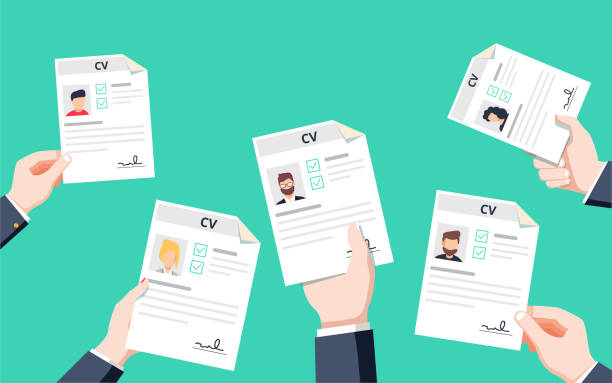While there is no one-size-fits-all answer to the ideal summary length, it’s crucial to balance providing comprehensive and concise information. This article will explore the optimal size of a resume and introduce ResumeBuild as a valuable tool for creating a compelling and tailored resume.
Understanding the Ideal Resume Length:
Conciseness is Key: Employers and recruiters often have limited time to review each resume. Hence, it’s crucial to present your qualifications and experiences concisely. A lengthy resume can overwhelm the reader, leading to essential details needing to be noticed. As a general guideline, aim to keep your resume within one to two pages.
Tailor it to the Job: The relevance of the information presented plays a crucial role in determining the length of your resume. Tailor your resume to the job you’re applying for, focusing on relevant skills and experiences. Including unnecessary details can unnecessarily lengthen your resume without adding value.
Recent Experience Takes Priority: Highlighting your most recent roles and achievements demonstrates your current abilities and relevance to the position. Older experiences can be briefly summarized or omitted altogether. Prioritize recent experiences, as they will likely hold more significance for prospective employers.
Choose Quality over Quantity: Rather than simply listing every responsibility you’ve ever had, highlight accomplishments, quantifiable results, and your impact in previous roles. This approach not only enhances the quality of your resume but also allows you to condense lengthy descriptions into concise bullet points.
Introducing ResumeBuild:
ResumeBuild is an exceptional online tool that simplifies creating a professional resume. Here’s how it can assist you in developing an impactful document:
- User-Friendly Interface: ResumeBuild offers an intuitive platform that enables you to create a well-structured resume effortlessly. Its user-friendly interface makes it accessible to individuals with varying technical expertise.
- Customizable Templates: The platform provides a wide array of professionally designed templates that cater to different industries and job roles. These templates can be easily customized to suit your needs, ensuring your resume stands out.
- Step-by-Step Guidance: ResumeBuild guides you through each section of the resume, prompting you with relevant questions and suggestions. This feature helps you remember essential details and ensures you provide comprehensive information to employers.
- Keyword Optimization: The tool assists in optimizing your resume with relevant keywords, enhancing its chances of being noticed by applicant tracking systems (ATS) used by many employers. This helps you bypass the initial screening process and increases the likelihood of your resume reaching the hands of hiring managers.
- Download and Sharing Options: Once you’ve created your resume, ResumeBuild allows you to download it in various formats, such as PDF or Word. You can also directly share it with potential employers or store it securely on the platform for future updates.
Regarding resume length, quality, and relevance should be your primary focus. By adhering to a concise format and tailoring your resume to the job requirements, you increase the chances of capturing the attention of potential employers. ResumeBuild is an invaluable tool in this process, offering a seamless experience and enabling you to create a compelling resume that effectively showcases your qualifications. Embrace this innovative platform today!


